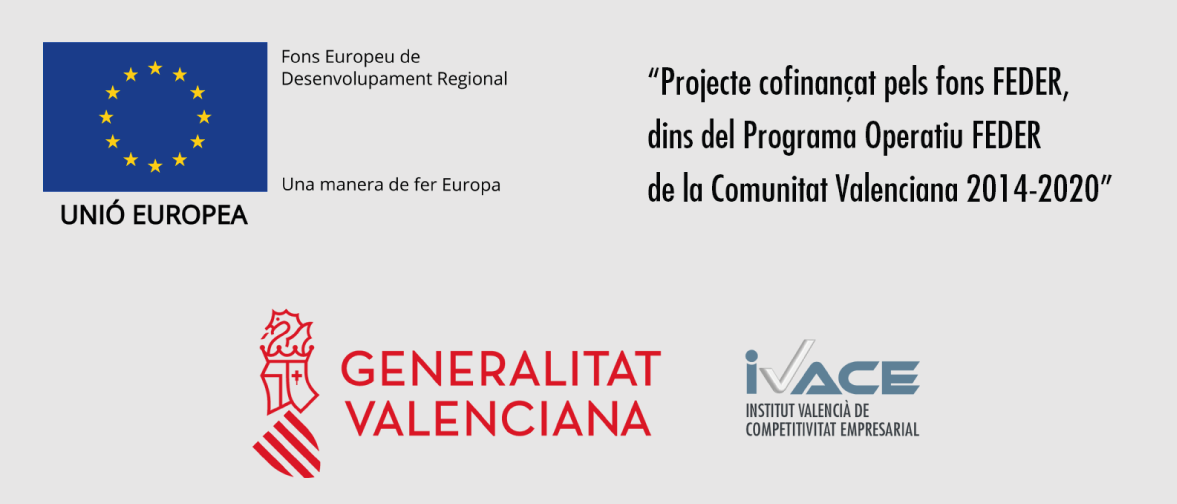2.2.4 - Postprocessing
The next step of this protocol is postprocessing where you can cluster the reads into overlapping fragments and then count the reads with which each cluster was constituted. To this end, you can use Corset (Davidson and Oshlack, 2014) or HTSeq (Anders et al., 2015). For this tutorial, we use Corset. To perform the clustering and counting of reads with Corset go to the Step-By-Step menu path Mapping & Counting → Postprocessing → Corset and do as indicated in Video 10.
Video 10. Classifying and quantifying the expression patterns with Corset.
|
Expected results from Postprocessing analysis When Corset is complete, you will receive two output files: 1. counts.txt: contains read counts per cluster. 2. clusters.txt: contains the correspondence between clusters and genes. These files are available in the following link Corset Remember you can check if the job was successfully completed by accessing the job tracking panel of RNASeq. To learn more about Corset, see https://genomebiology.biomedcentral.com/articles/10.1186/s13059-014-0410-6 |
|---|

